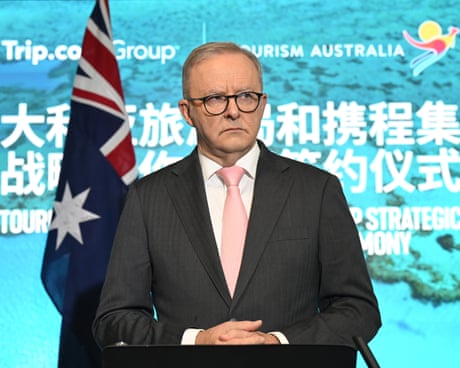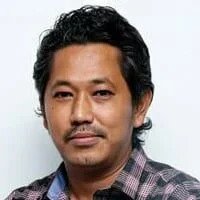
Monday, July 14, 2025
Air India Crash: Why Investigators Could Be Saving 787 Dreamliner & Boeing’s ‘Charred’ Reputation? OPED
By ET Columnist
-July 14, 2025
Analysis By Capt. Dilip Desmond

It has been three days since the preliminary investigation report on flight AI 171 was published, rather conspicuously, at the penultimate hour on the 30th day following the unfortunate incident.
While the report fails to specify the actual cause of the crash, it has planted vile insinuations in the minds of the general public and caused considerable distress across the pilot community.
The report’s fragmented and lacklustre presentation not only showcases the investigating team’s unprofessionalism but also undermines the credibility of our nation.
It highlights how our so-called professionals can be swayed by manufacturers and other vested interests in this complex web of aviation.
As a retired professional pilot, I believe it is my duty to defend the honor of my counterparts still serving in the aviation sector in India, especially as they are unable to speak openly themselves.
Their silence and frustration could pose serious risks to flight safety. Capt. Sumeet Sabharwal and Clive Kunder, in particular, are no longer in a position to speak for themselves.Let us first examine the flaws of the published report one by one.
The official copy released does not bear the signatures, stamp, or seal of any officials. This raises an important question. Who is legally responsible for such a report?
Is this yet another example of a “covering my back” attitude often adopted when officials are unsure of their responsibilities? An investigation report of this magnitude should bear the signatures of all members of the Board of Inquiry (BOI). Only then can the document convincingly communicate to the general public that every member stands by the findings, even if it is only at the preliminary stage.
Who Are the Members of the BOI?
The report states that the Director General of AAIB appointed five officials, naming them as investigators (along with their names). However, it does not mention their individual qualifications to conduct an investigation into a commercial aircraft accident.
Furthermore, while the report claims that experienced pilots, engineers, aviation medicine specialists, aviation psychologists, and flight recorder experts were brought in as Subject Matter Specialists (SMS), none of their names are included.
This omission is deeply concerning. The public has a right to know who these individuals are and whether they possess the necessary credibility, especially the pilots and engineers.
Are these professionals type-rated or technically qualified on aircraft such as the B787 or B777? If not, their ability to assess the systems, decision-making, and procedures involved may be limited.
Worse, there’s a risk they could merely echo the narratives provided by manufacturers or other stakeholders without offering an independent or technically grounded analysis.The Landing gear liver position: A Discrepancy Overlooked?
Page 10 of the report states that the landing gear lever was found in the “Down” position. Figure 12 on the same page presents two photographs: one of the original gear lever from AI 171 and another from a different B787 aircraft.
A close comparison reveals that the gear lever in AI 171 does not match the “Down” position shown in the reference photo. Instead, it appears to be in a mid-position, somewhere between “Up” and “Down.”
While it’s possible that the lever shifted due to impact forces or was tampered with post-crash, the investigation team made no attempt to verify its actual position using Enhanced Airborne Flight Recorder (EAFR) data.
This is especially concerning given that the landing gear should have been retracted shortly after takeoff. If the gear was commanded to retract but remained extended, the Board must reconsider its initial report, particularly in light of the ANA 2019 incident, which involved similar anomalies.
It is baffling that the same team cross-checked the flap lever position with EAFR data, yet chose to overlook the gear lever position entirely. The report contains only a single sentence addressing the landing gear, which is insufficient given its potential relevance to the crash sequence.
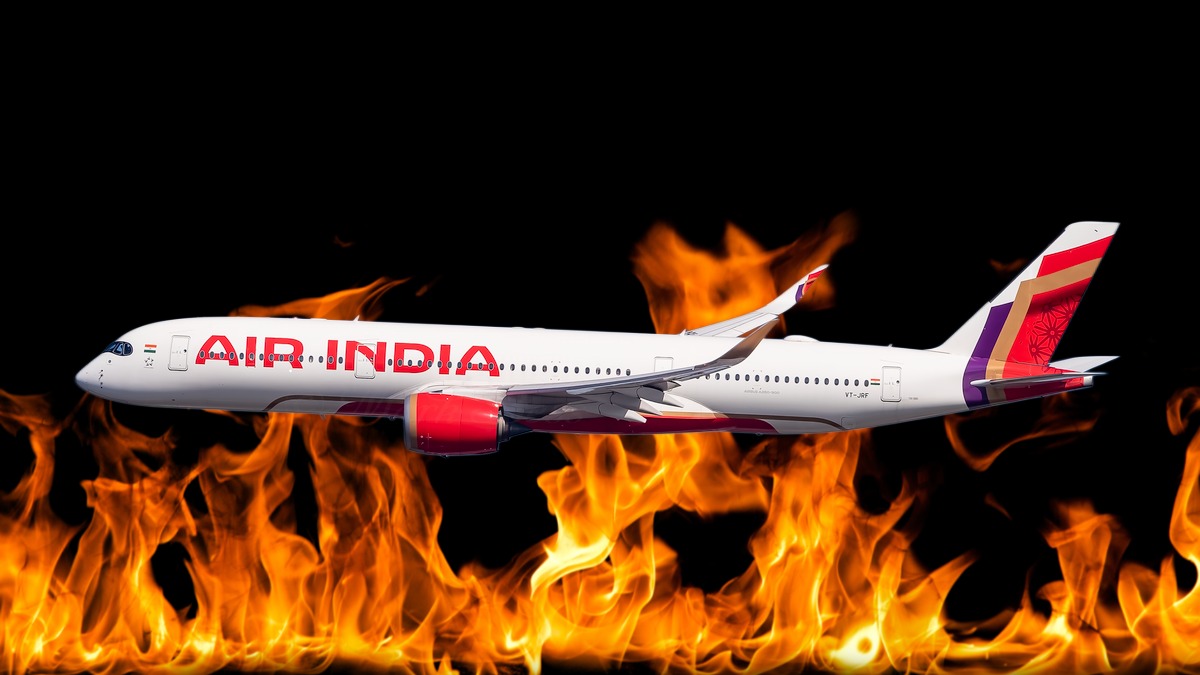
Image for Representation
Discrepancies in the Thrust Lever Quadrant
Both thrust levers were found in the aft (idle) position as per the report. However, EAFR data revealed that the thrust levers remained in the forward (takeoff) position until impact.
This presents a critical mismatch between the physical lever positions in the flight deck and the digital commands interpreted by FADEC: unless, of course, the levers were displaced post-impact due to mechanical or thermal forces.
But this raises a deeper question: Can we trust post-crash lever positions as reliable indicators of pilot intent? Or are we witnessing the limitations of forensic reconstruction in the face of high-energy impact and fire damage?
If the pilots attempted to relight the engines, it’s plausible they moved the thrust levers to idle to manage the temperature surge that typically accompanies ignition. This is standard practice to prevent Exhaust Gas Temperature (EGT) overshoot, which can damage engine components.
However, it’s difficult to imagine FADEC initiating a relight sequence with the thrust levers digitally locked in the takeoff position, unless the system is designed to override lever input, restart the engine at idle, and then ramp up thrust in a controlled manner. If so, this behavior should be explicitly recorded in EAFR, yet the report suggests it wasn’t.
If FADEC can override thrust lever input during relight, but fails to log this override in EAFR, then we’re dealing with a black box within a black box: a subsystem whose decisions are invisible to investigators. That’s not just a data gap; it’s a design philosophy problem.
In an era where automation is increasingly entrusted with life-critical decisions, shouldn’t every autonomous action be traceable and auditable? If FADEC’s logic is opaque, then post-crash analysis becomes speculative and safety improvements become reactive rather than proactive.
This discrepancy isn’t just about lever positions. It’s about how much control pilots truly have, and how much trust we place in systems that may act independently and silently.
If FADEC made decisions that weren’t recorded, then the investigation is chasing shadows. And if the levers were moved by human hands during a desperate relight attempt, then we owe it to those pilots to understand their final actions with clarity, not ambiguity.Fuel Control Switches Vs Fuel Control Valves
Page 14 of the investigation report states that at 08:08:42 UTC, Engine 1 and Engine 2 Fuel Control Switches transitioned from RUN to CUTOFF position one after another, with a time gap of one second. The critical question here is whether the report refers to Fuel Control Switches or Fuel Control Valves. To the best of my understanding, the Enhanced Airborne Flight Recorder (EAFR) is designed to monitor the Fuel Control Valves, which physically regulate fuel flow to the engines and not the Fuel Control Switches located in the flight deck.
The switches merely send a signal to FADEC, which then commands the valves. If FADEC decides to cut off fuel flow while the switches remain in the RUN position, the EAFR would still record this as a valve transition, not a switch movement.
Therefore, the report’s reference to “Fuel Control Switches transitioning” appears to be a technical misstatement, unless corroborated by cockpit switch position data, which is typically not captured by EAFR.
This raises a deeper concern: Is this a genuine oversight or a deliberate framing that shifts the narrative toward pilot error?
Especially when cockpit voice recordings suggest confusion between the pilots with one asking, “Why did you cut off?” and the other replying, “I didn’t.
“The question remains, ‘Cut Off’ what? It could refer to any system involving the Engine or Thrust parameters.
For example, the first step in the memory item for a single Engine seizure or stall is to move the Auto Throttle Arm Switch of the affected Engine to ‘Cut Off’. However, even these Memory items are only executed after crossing 400 feet AGL, and always in a challenge-and-response manner, and not immediately after liftoff.
If the switches were never moved, and FADEC initiated the cutoff autonomously, then attributing the shutdown to pilot action is not just misleading, but it’s unjust. This inference amongst the general public stems from the selective leak of Flight Deck conversation, which, in the absence of full context, feels more quaint than conclusive.Is This a Road Accident Report or an Aviation Investigation?
The investigation report presents a Time vs Distance sequence of events from aircraft roll to impact: a methodology more suited to road accident reconstruction than to aviation analysis.
This approach likely stems from either a lack of professional aviation expertise or a deliberate oversimplification by the officials involved. It seems they’ve overlooked the fact that aviation operates in a three-dimensional environment, where altitude is the most critical third dimension.
It is astonishing that not a single Altitude vs Speed vs Distance estimate appears anywhere in this aviation investigation report. This glaring omission speaks volumes, either of unprofessionalism or a deliberate cover-up, neither of which aligns with the principles of objective investigation.
Let us now examine why altitude is of paramount importance.
Why Altitude Is Crucial to the Investigation
The Rate of Climb (ROC) of a fully loaded Boeing 787 at liftoff is typically 2000–3000 feet per minute, averaging 50 feet per second.
As per the report, the aircraft reached 180 knots within 3 seconds of liftoff, which corresponds to approximately 150 feet AGL.
If both engines failed at this point, the aircraft with gear down and high drag could barely climb to 200 feet before stalling or descending.
The minimum altitude for autopilot engagement is 200 feet. Unless engaged instantly, the aircraft would remain under manual control during this critical phase.
Yet the earlier report references an altitude of 625 feet indicated, which, considering Ahmedabad airport’s elevation of approximately 200 feet, implies a climb to 425 feet AGL.
The question is:
How did the aircraft gain 275 feet after both engines failed at 150 feet?
Engine Shutdown and RAT Deployment
The report states that N2 values dropped below idle, but fails to specify whether this refers to flight idle or ground idle: a crucial distinction.
At 08:08:47 UTC, the Ram Air Turbine (RAT) deployed: a system that activates only during dual engine failure or total electrical or hydraulic loss.
This occurred 4–5 seconds after engine shutdown, confirming a complete loss of thrust.
The fact that the landing gear was not retracted suggests either distraction or system failure: gear retraction is standard within seconds of liftoff.
Fuel Control Switches: Pilot Action or FADEC Logic?
At 08:08:52 UTC, Engine 1 Fuel Control Switch transitioned from CUTOFF to RUN, as per EAFR, though this likely reflects valve movement, not switch position.
Was this a pilot memory item for dual engine failure (recycling switches to initiate relight)? Or was it a FADEC-driven action? Will FADEC restart the engine if it has shut it down? So, it is a clear case of Pilot response to Dual Engine Failure.
Without full cockpit voice data, intent remains speculative, and the selective disclosure of pilot dialogue only deepens ambiguity.
One should even consider the remote possibility of both fuel switches inadvertently cutting off due to material or mechanical failure, coupled with the aircraft vibrations during the takeoff roll.
Final Thought
This report’s reliance on two-dimensional metrics and its omission of altitude-based analysis is not merely a technical oversight but a conceptual failure.
In a climb-phase accident, the absence of vertical performance data is indefensible. Whether this stems from incompetence or intent, the outcome remains the same: a narrative that lacks aerodynamic credibility and risks misrepresenting the truth.
By selectively presenting data, the report has armed vested interests and segments of foreign media to cast aspersions on the flight deck crew.
Worse still, sections of the domestic media, operating on a ‘cut-copy-paste’ model of news telecasts, have already inflicted reputational damage on the Indian pilot community as a whole. This is not just unfair; it is deeply irresponsible.
Even the insinuation that one of the pilots may have cut off both the fuel control switches sounds absurd since the same pilots tried to relight the engines. If one pilot had gone rogue, he would have prevented the other pilot from relighting the engines. The cockpit voice recorder would certainly corroborate these if full information were made available.
Finally, let us not forget that Boeing already has blood on its hands from the 737 MAX tragedies. If the company is waiting for a second Dreamliner disaster to acknowledge systemic flaws, then God save the aviation industry in the days to come.
Captain Dilip Desmond is a former Indian naval fighter pilot and a retired Air India B777 pilot.

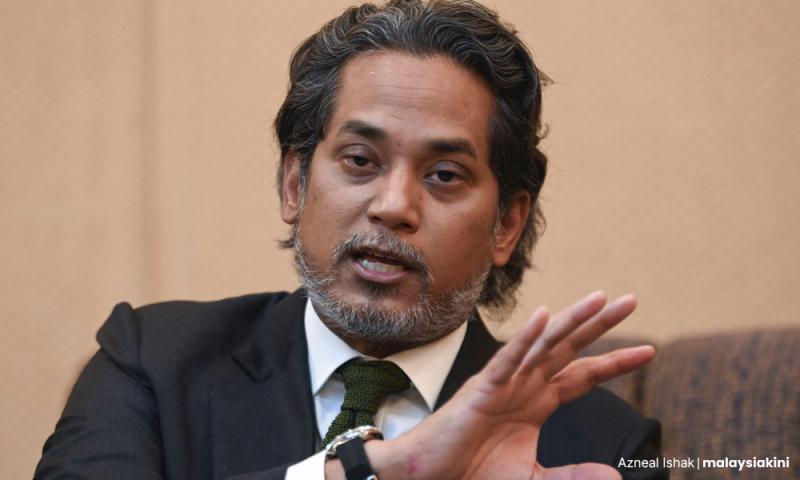

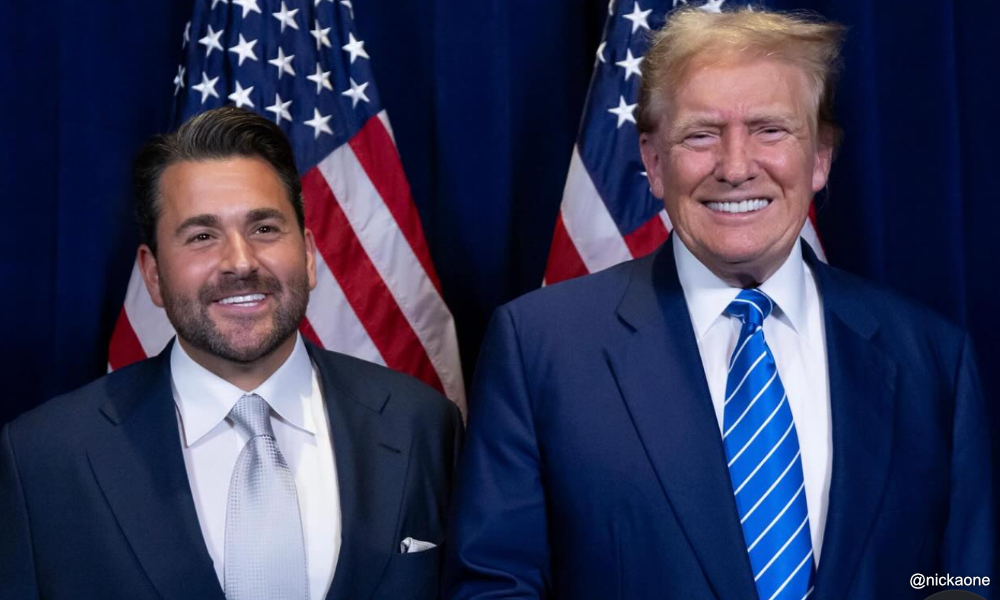

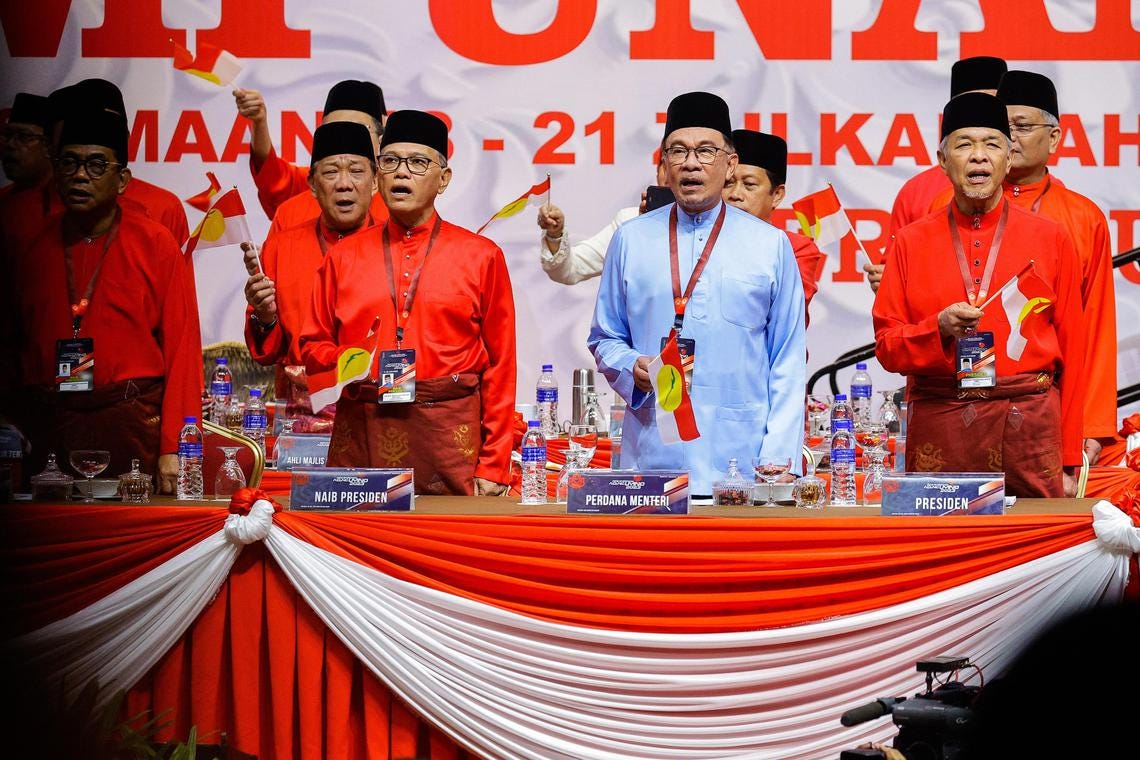


 Aircraft debris at the crash site of Air India Ltd. flight AI171 in Ahmedabad, Gujarat, India, on June 12, 2025.
Aircraft debris at the crash site of Air India Ltd. flight AI171 in Ahmedabad, Gujarat, India, on June 12, 2025.







